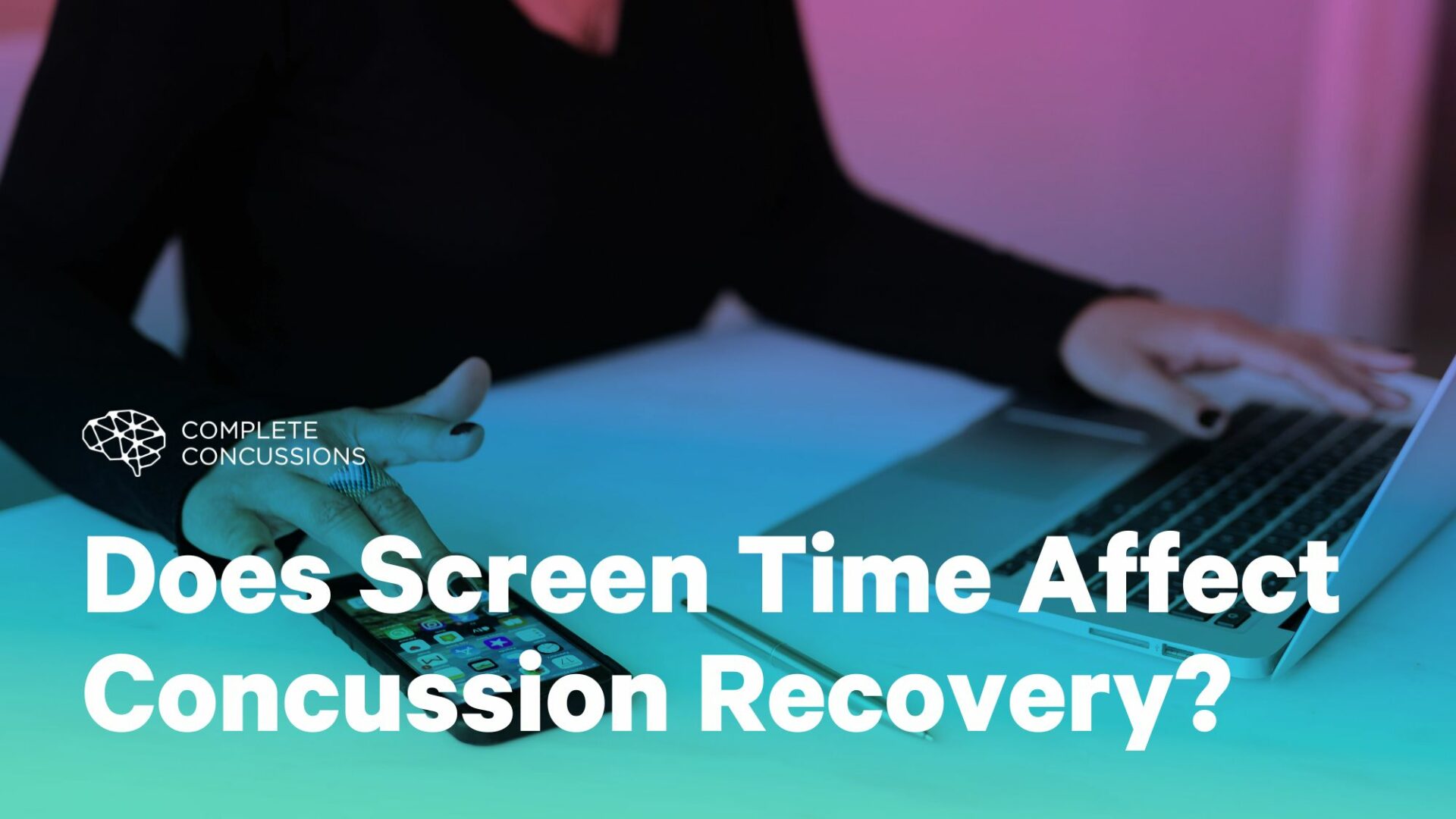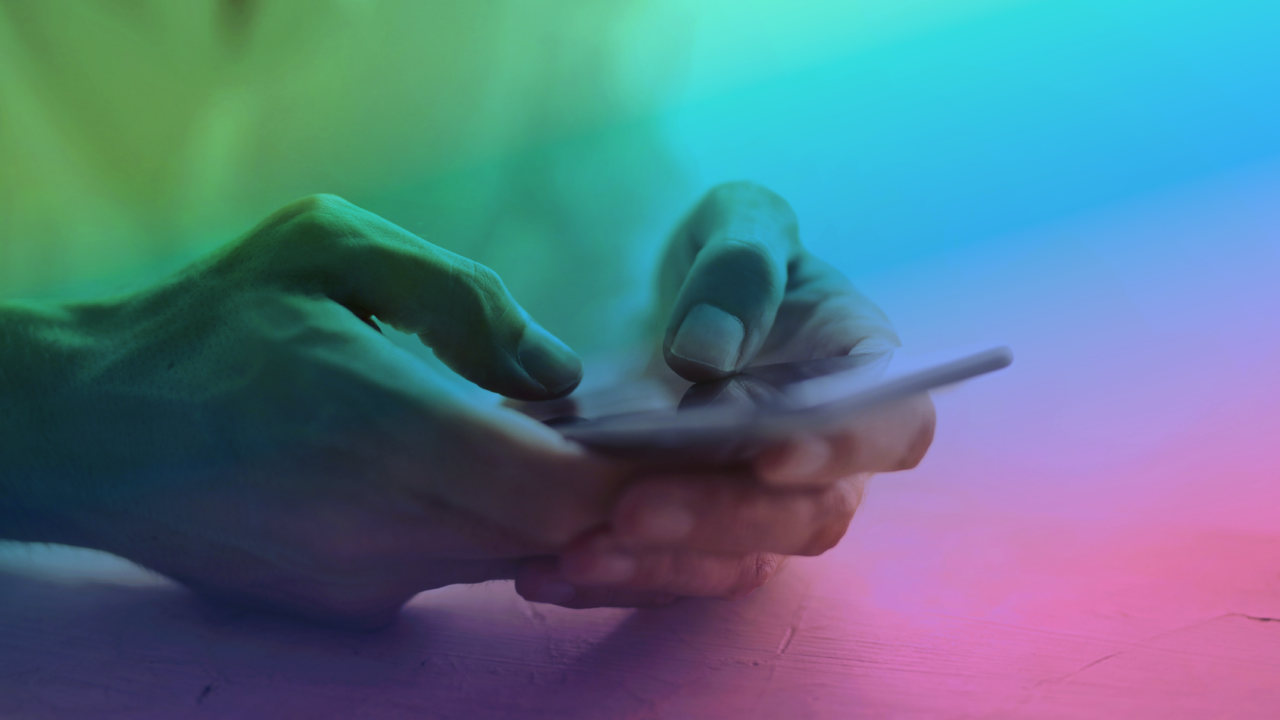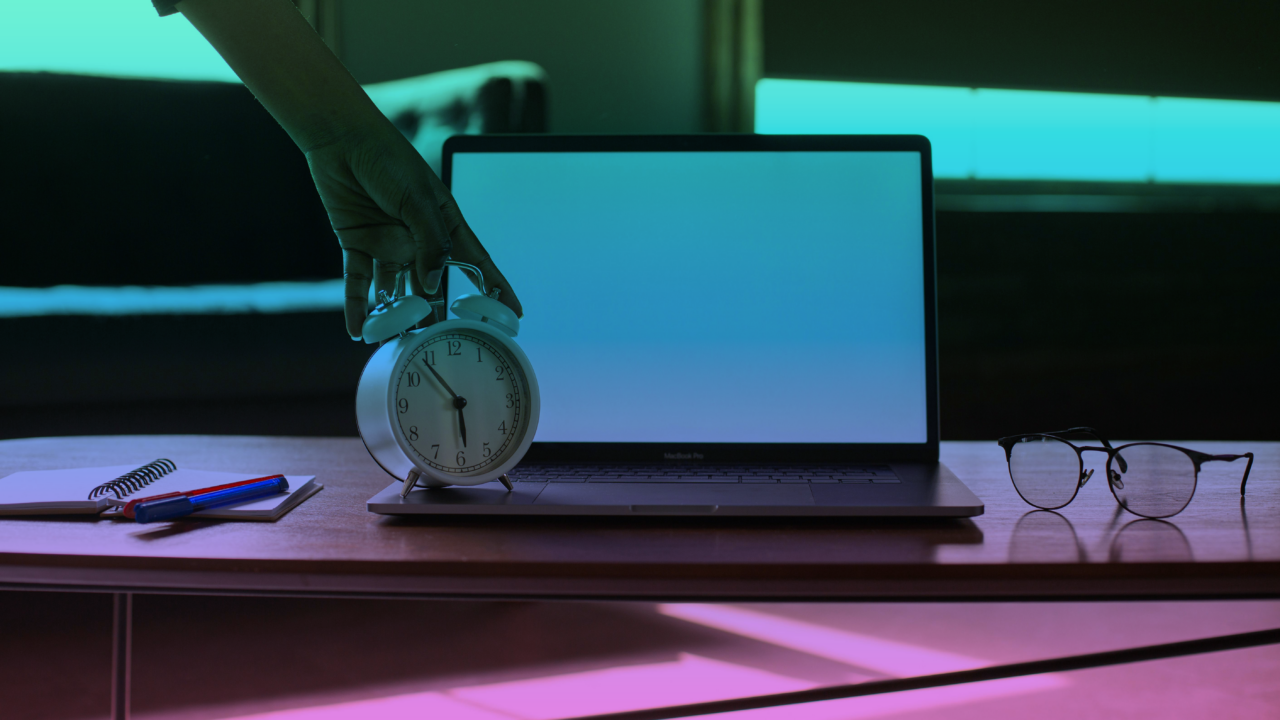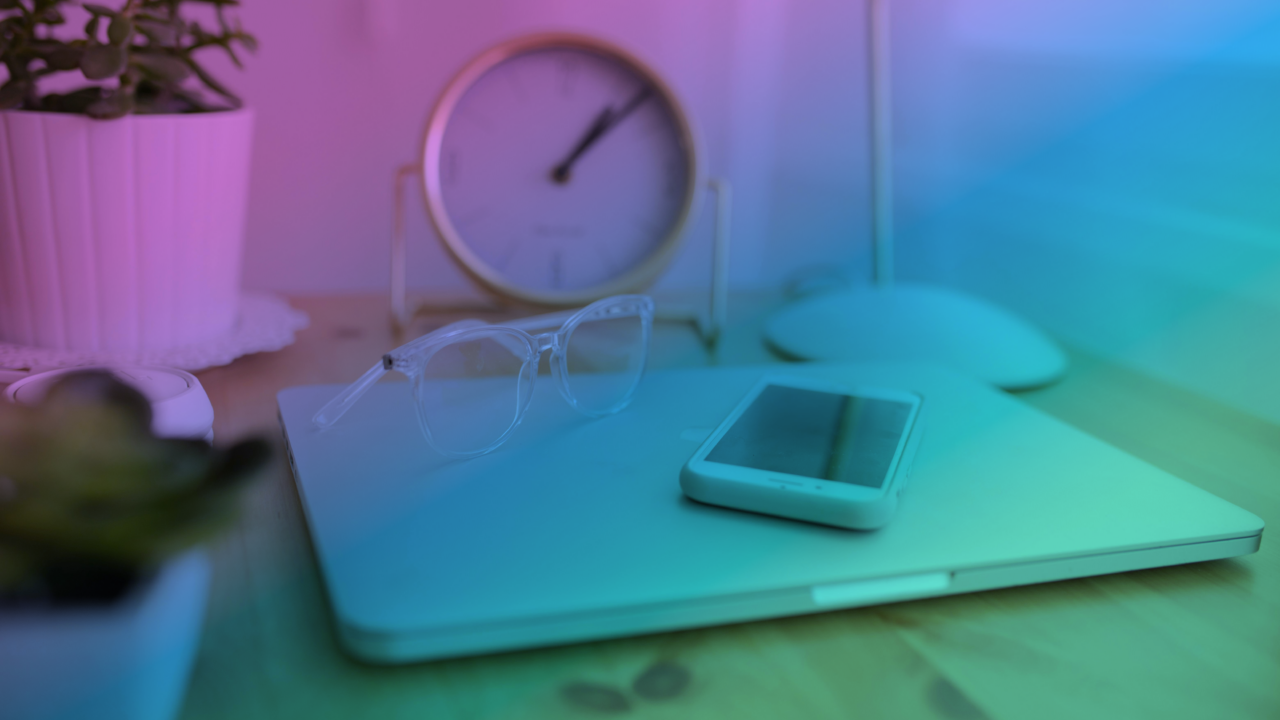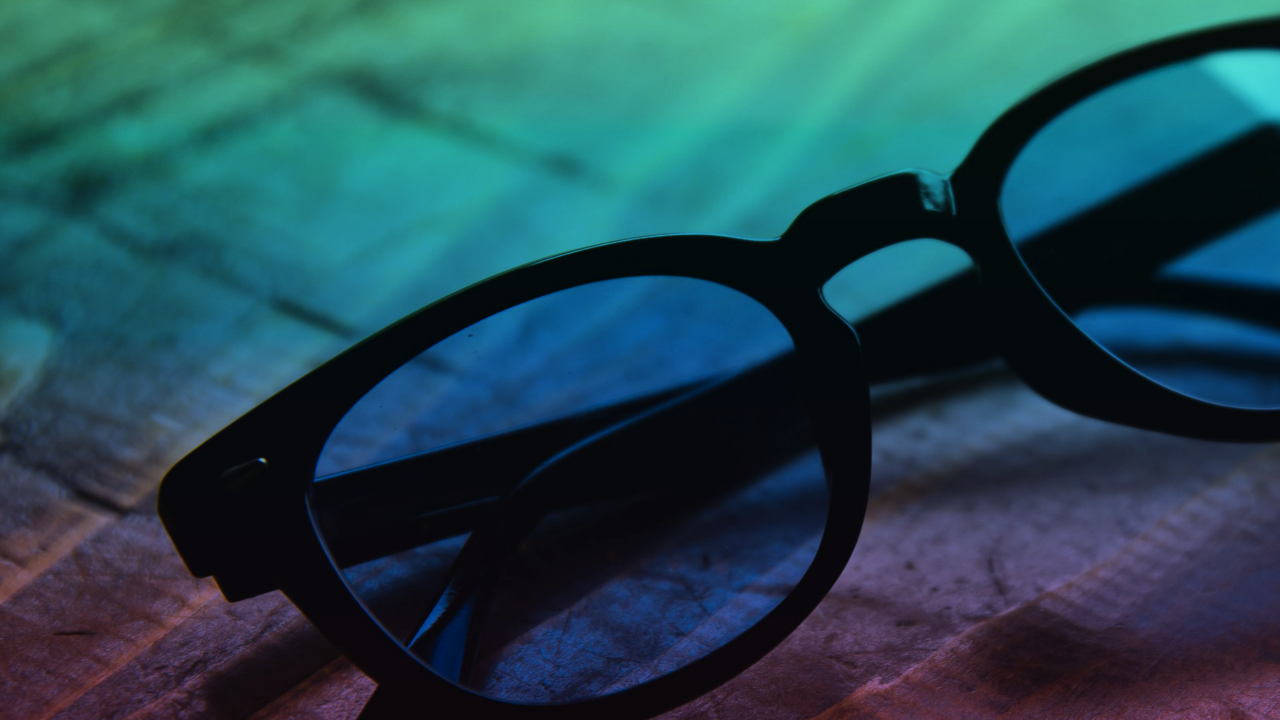References
Cairncross, M., Yeates, K. O., Tang, K., Madigan, S., Beauchamp, M. H., Craig, W., Doan, Q., Zemek, R., Kowalski, K., & Silverberg, N. D. (2022). Early Postinjury Screen Time and Concussion Recovery. Pediatrics, 150(5). On behalf of the Pediatric Emergency Research Canada A-CAP study team
Clark, J., Hasselfeld, K., Bigsby, K., & Divine, J. (2017). Colored Glasses to Mitigate Photophobia Symptoms Posttraumatic Brain Injury. Journal of Athletic Training, 52(8), 725-729.
Falkenberg, H. K., Johansen, T. R., & Thorud, H.-M. S. (2020). Headache, eyestrain, and musculoskeletal symptoms in relation to smartphone and tablet use in healthy adolescents . Scandinavian Journal of Optometry and Visual Science, 13(2), 8–14.
Hester, L., Dang, D., Barker, C. J., Heath, M., Mesiya, S., Tienabeso, T., et al. (2021). Evening wear of blue-blocking glasses for sleep and mood disorders: A systematic review. Chronobiology International: The Journal of Biological and Medical Rhythm Research, 38(10).
Killgore WDS, Vanuk JR, Shane BR, Weber M, Bajaj S. A randomized, double-blind, placebo-controlled trial of blue wavelength light exposure on sleep and recovery of brain structure, function, and cognition following mild traumatic brain injury. Neurobiol Dis. 2020 Feb;134:104679. doi: 10.1016/j.nbd.2019.104679. Epub 2019 Nov 18. PMID: 31751607.
Lin, S.-C., & Su, A. W. (2023). Visual disturbances after concussion. Current Physical Medicine and Rehabilitation Reports, 11, 384-392.
Macnow, T., Curran, T., Tolliday, C., Martin, K., McCarthy, M., Ayturk, D., … Mannix, R. (2021). Effect of Screen Time on Recovery From Concussion: A Randomized Clinical Trial. JAMA Pediatrics, 175(11), 1124-1131.
Montagni, I., Guichard, E., Carpenet, C., Tzourio, C., & Kurth, T. (2016). Screen Time Exposure and Reporting of Headaches in Young Adults: A Cross-Sectional Study. Cephalalgia, 36(11), 1020-1027.
Patricios, J. S., Schneider, K. J., Dvorak, J., Ahmed, O. H., Blauwet, C., Cantu, R. C., Davis, G. A., Echemendia, R. J., Makdissi, M., McNamee, M., … Meeuwisse, W. (2023). Consensus statement on concussion in sport: the 6th International Conference on Concussion in Sport—Amsterdam, October 2022. Br J Sports Med, 57(11), 695-711.
Raikes AC, Dailey NS, Forbeck B, Alkozei A, Killgore WDS. Daily Morning Blue Light Therapy for Post-mTBI Sleep Disruption: Effects on Brain Structure and Function. Front Neurol. 2021 Feb 5;12:625431. doi: 10.3389/fneur.2021.625431. PMID: 33633674; PMCID: PMC7901882.
Singh, S., Downie, L. E., & Anderson, A. J. (2021). Do Blue-blocking Lenses Reduce Eye Strain From Extended Screen Time? A Double-Masked Randomized Controlled Trial. American Journal of Ophthalmology, 226, 243-251.
Vagge, A., Ferro Desideri, L., Del Noce, C., Di Mola, I., Sindaco, D., & Traverso, C. E. (2021). Blue light filtering ophthalmic lenses: A systematic review. Seminars in Ophthalmology, 36(7), 541-548.
